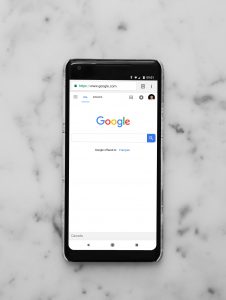Brands and companies need to change with the times and stay on top of technological innovations, along with their advertising efforts. In the pre-social media period, companies had to fill out certain forms in order to get advertised. In the era of Media 1.0, advertising was frowned upon. However, with the appearance of Media 2.0, there came a new wave in the media world which brought some big changes. In the following paragraphs, we will explain what Media 2.0 is, along with the major differences between media 1.0 and media 2.0.
WHAT IS MEDIA 2.0?

Darcy DiNucci created the term Web 2.0 for the first time. The term represents the second generation of the way the web is used. Media 2.0 starts with a platform which makes it possible for the community to connect and share. It emphasizes user-generated content and usability. In other words, it enables interaction between the clients and website owners. Media 2.0 filters the information for you. Instead of being surrounded by all sorts of information, you are surrounded just by the information you are interested in. They provide you with the information you search for online. For instance, if you search for “baby clothes shopping”, you will be surrounded by commercials related to babies, shopping and baby clothes shopping.
The main principles of Media 2.0 are the democratized media life cycle, decomposed media contents, data-driven media value chain, decentralized media business model, and decoupled media system. Media 2.0 brings many changes to social media marketing.
WHAT ARE THE DIFFERENCES BETWEEN MEDIA 1.0 AND MEDIA 2.0?

Media 1.0 was used from 1991 to 2001. Unlike Media 2.0 which is platform-centric, Media 1.0 was content-centric. Media 1.0 tools consisted of graphics and text. People created websites, posted information online, and the users used the information. However, there was no interaction between users and website owners. Website owners could not follow what the users were searching for, and could not present their information to the audience who wanted to obtain that information. With the appearance of new and innovative Media 2.0 in 2001, this was changed. The interaction between website owners and users appeared. Media 2.0 tools are platform-centric and focused on creating dynamic pages where both users and page owners can post, download and share information, such as Facebook or Twitter for example.
The advantages of Media 2.0 are many, from the interaction between users and website owners to the ability to follow your users’ interests. The web continues to develop so we will see what the web will bring to us in the future.
